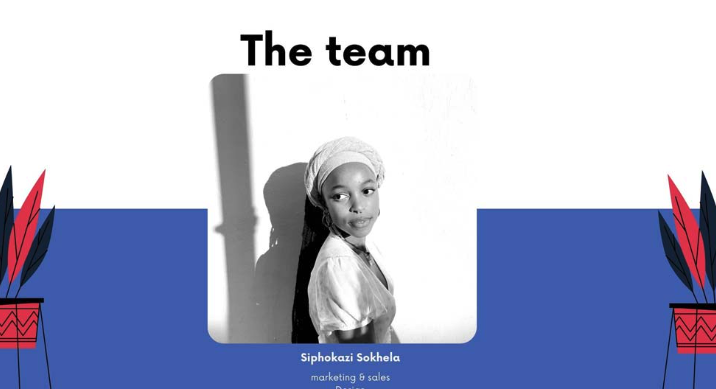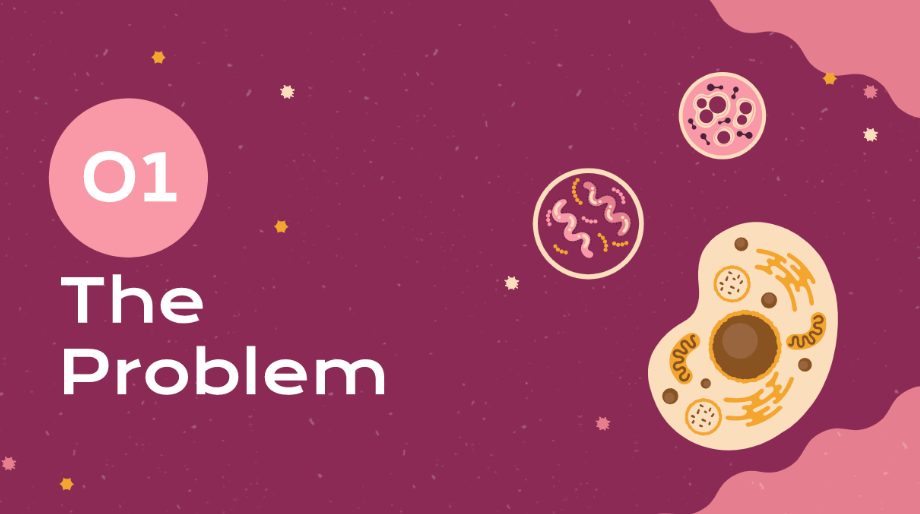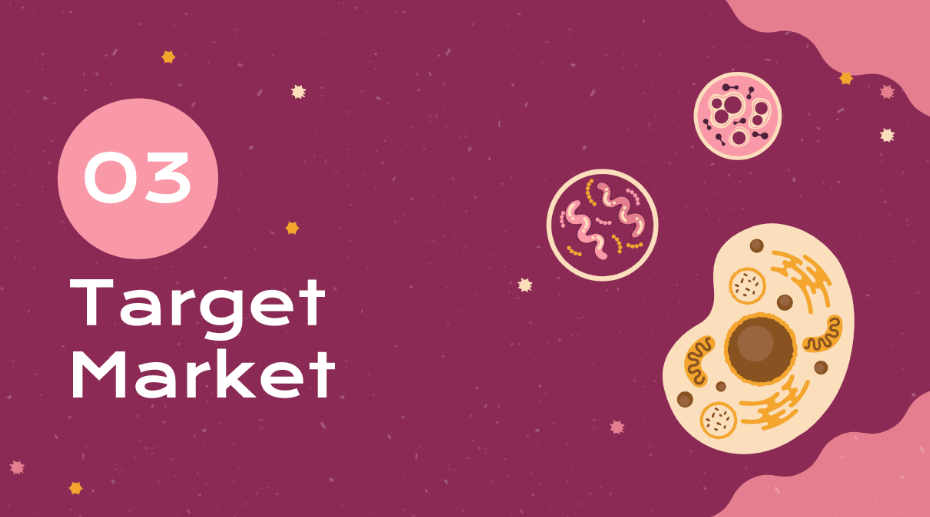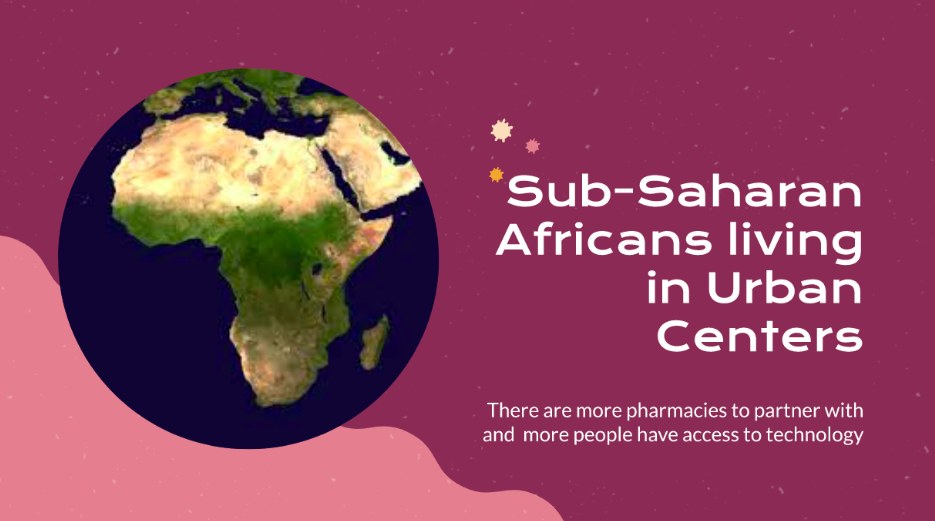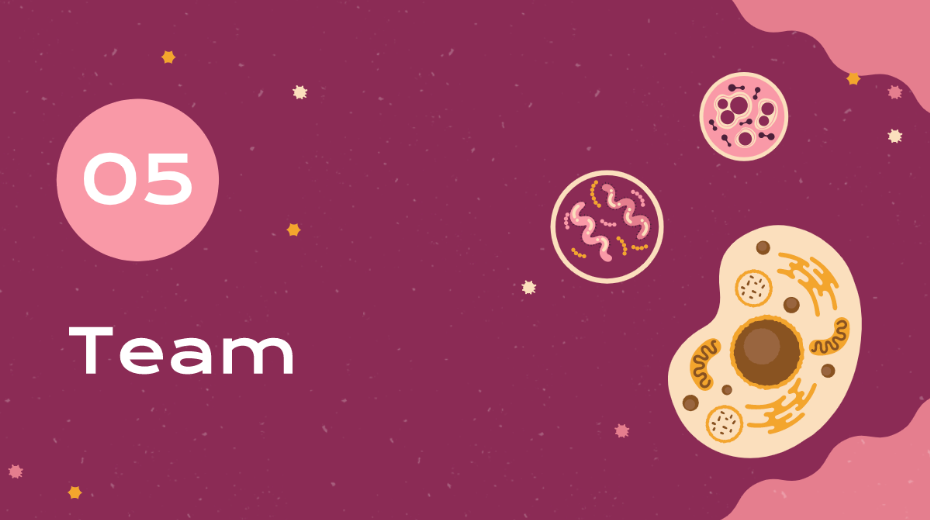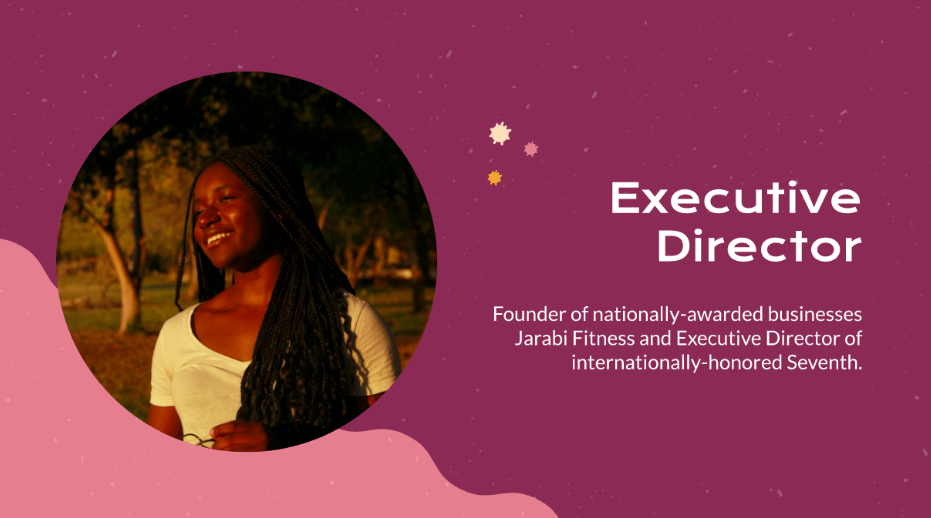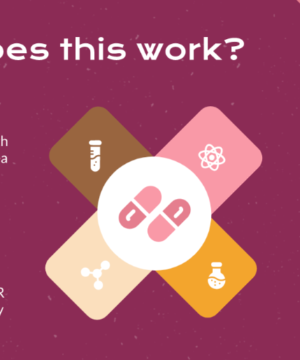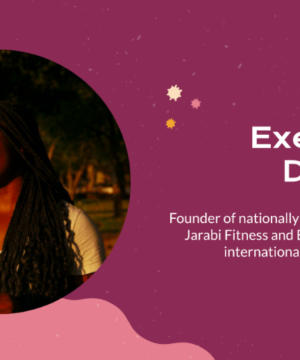Driving Question: How might we use blockchain technology to create future innovative ventures?
What were your goals for this module? How did you achieve them?
At the beginning of this module, I wasn’t quite sure what blockchain was and all I wanted to do was figure it out. By the end of the module, I was able to go beyond just understanding basic blockchain I was able to merge it with something that I enjoyed in my summative product.
What new things did you learn about yourself?
I learned to embody the TGS core value of grit, as I was online because of COVID this term. It really taught me to be patient with myself and to let my curiosity fuel me and challenge me to learn something new. This term was full of a lot of personal growth and I can proudly say I’m not the same as I was in the beginning of the term.
What are your big takeaway lessons from this project?
I think that my biggest lesson is to trust myself. At the beginning of this project, I was scared that I wouldn’t understand anything because I didn’t have a background in tech and coding. I thought I would really struggle, and before I even started the module, I was stressed about it. But I convinced myself to open my mind and be positive and to link it with something I understood.


